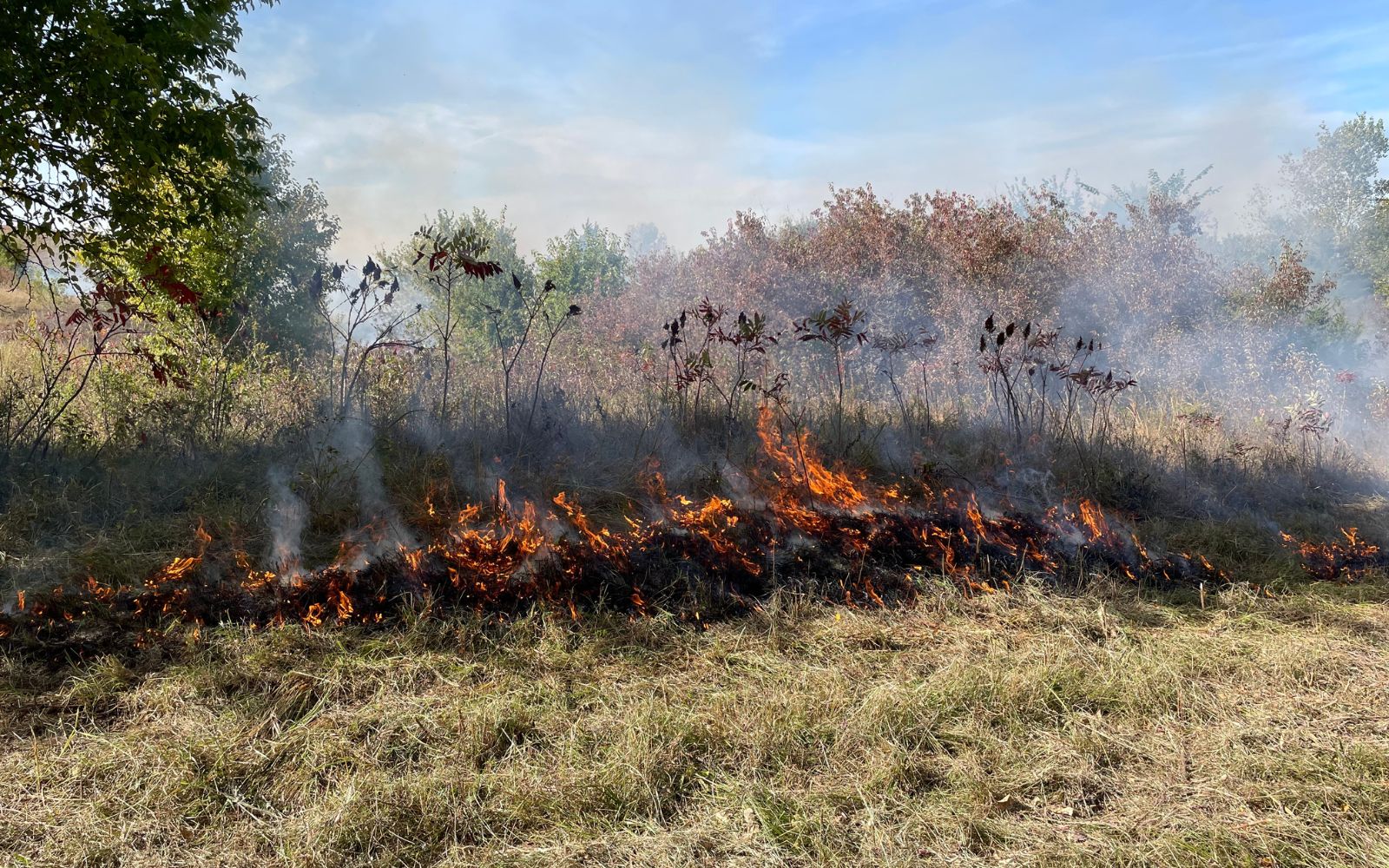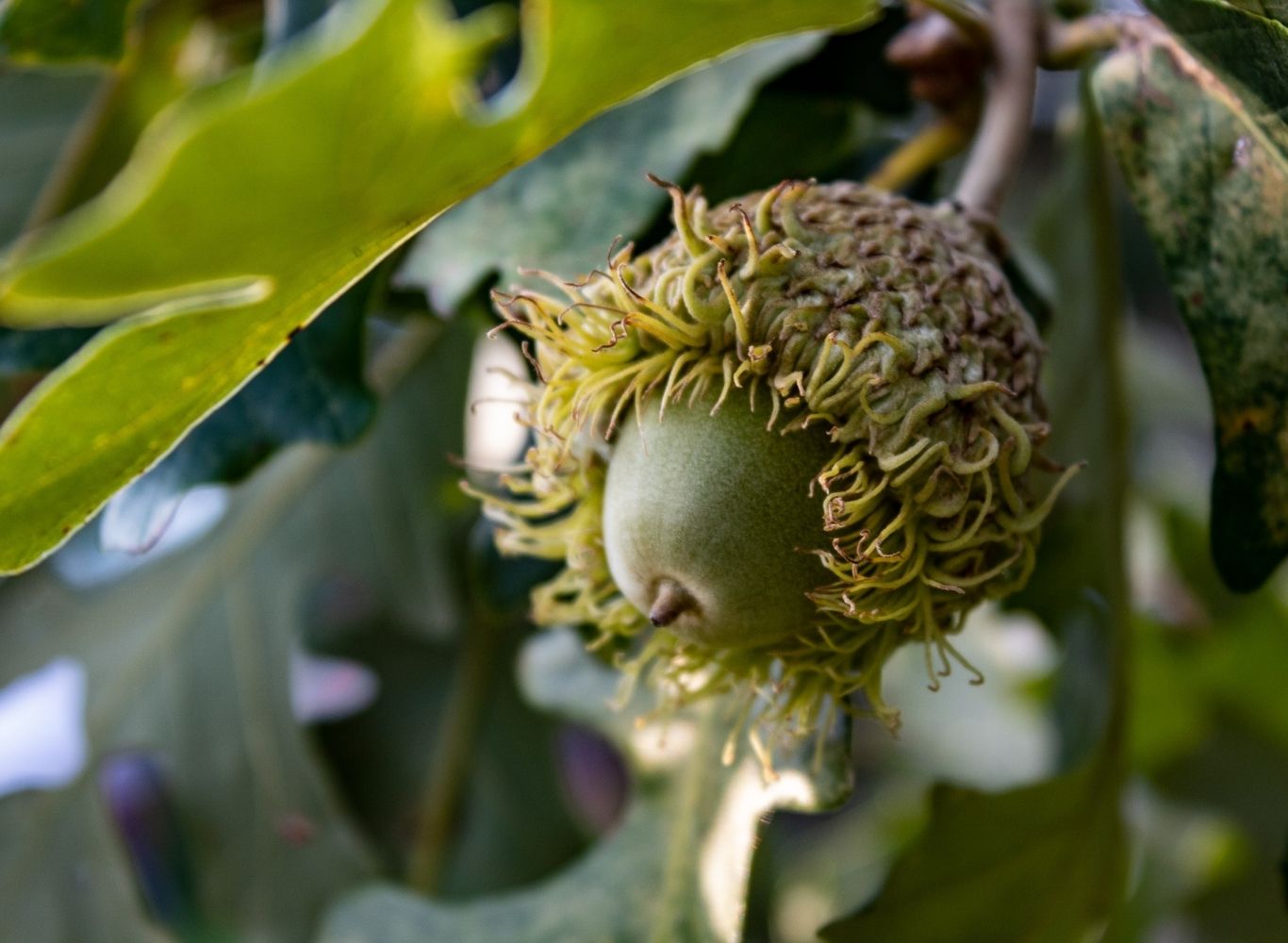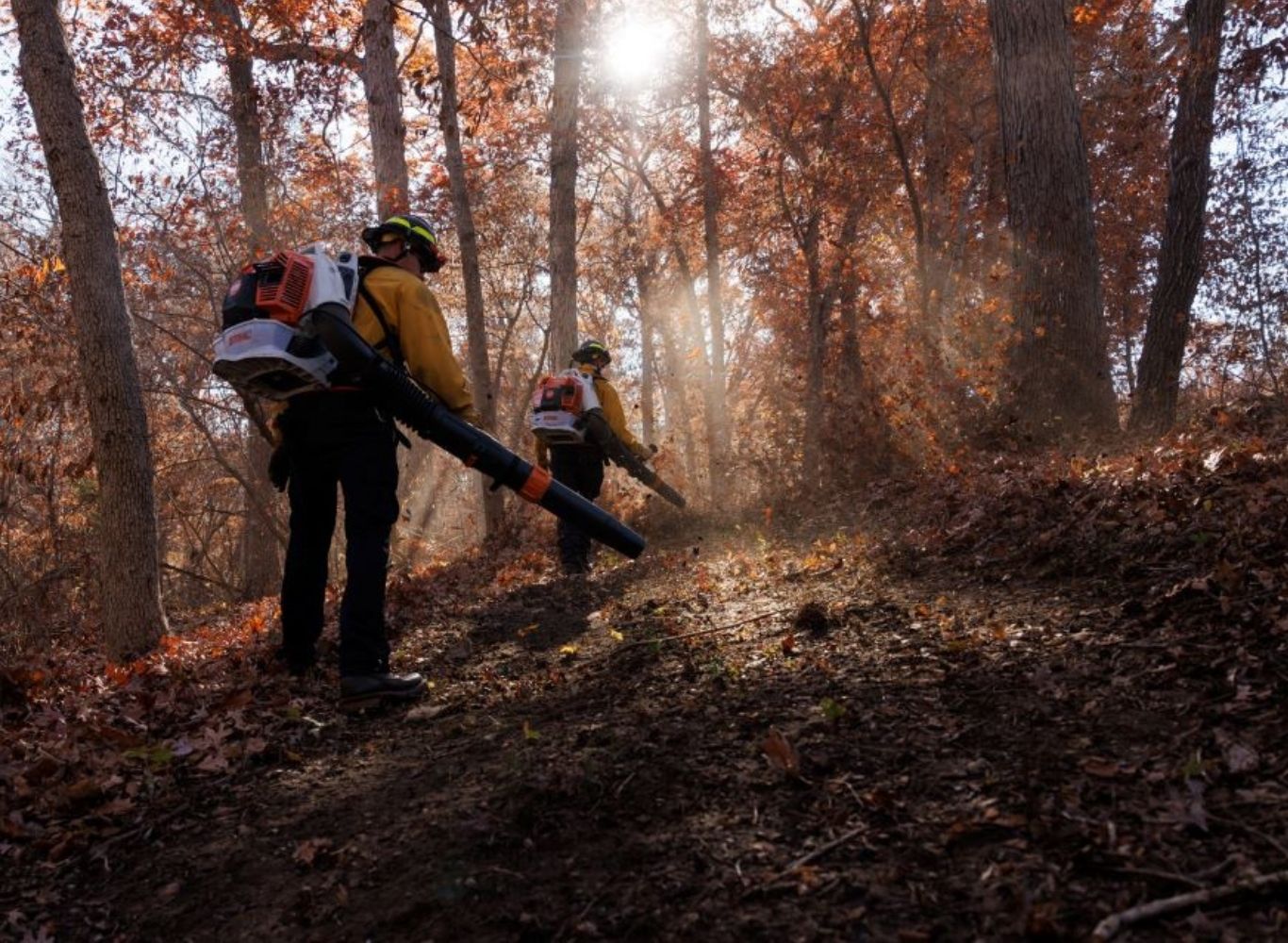
Grants
Our programs are intended to serve Kansans, non-resident landowners, communities, and fire departments throughout the state.
Kansas Forest Service foresters and fire staff are proud to support our firefighters, landowners, and communities with pass-through grants, when they are available. Check this page for additional funding opportunities or reach out to our staff for more information about ways we can support forestry and wildland fire projects in Kansas.

